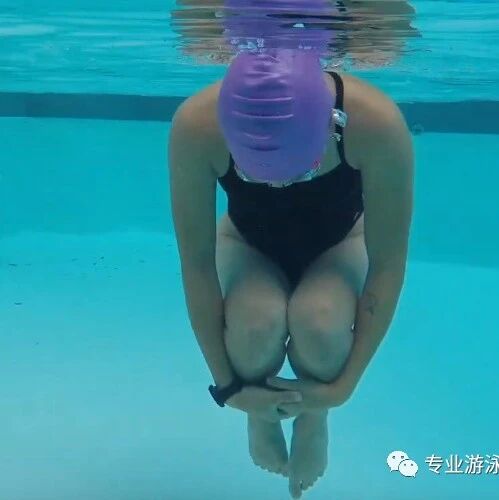Breathing on both sides or just one side? The fundamental question determining the power and sustainability of your freestyle swimming stroke.
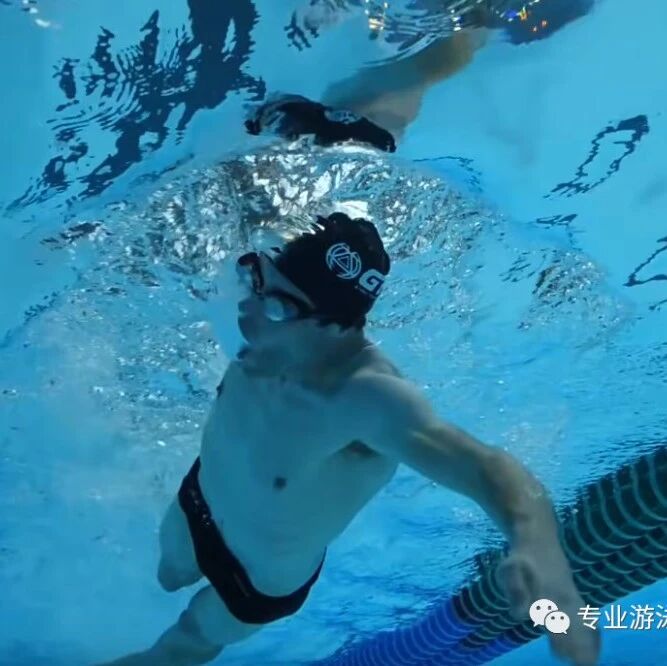

Breathing is the absolute minimum requirement for learning how to swim, and mastering it is essential to truly mastering swimming technique. Finding your own breathing rhythm and developing consistent habits is the key to further improving your swimming skills. After all, no sport can be performed effectively without proper breathing. At the beginner stage, breathing simply ensures that your muscles receive enough oxygen during movement. As you become more proficient, breathing must not only sustain your energy but also allow you to maintain your pace. In advanced stages, breathing needs to synchronize seamlessly with your body’s rhythm—minimizing any disruption to your stroke. It’s much like aiming at a target: at first, you might close one eye or even hold your breath briefly. But once you reach a certain level of expertise, breathing becomes so natural that it blends effortlessly into your movements, almost invisibly. Take, for instance, highly skilled singers—they’ve perfected their breathing techniques to the point where listeners barely notice the subtle shifts in airflow, as if they’re inhaling almost imperceptibly mid-performance.
1. Factors Related to Freestyle Breathing
Breathing in freestyle affects many aspects: turning your head to breathe disrupts your body's lateral rotation, which in turn impacts the arm-pushing motion. The efficiency of each individual push directly determines the power behind it, ultimately influencing both your stroke frequency and overall swimming cadence. Meanwhile, several factors also work in reverse to influence breathing effectiveness: your swimming rhythm dictates how often you need to breathe, while the timing of those breaths, in turn, determines whether you’re getting enough oxygen.
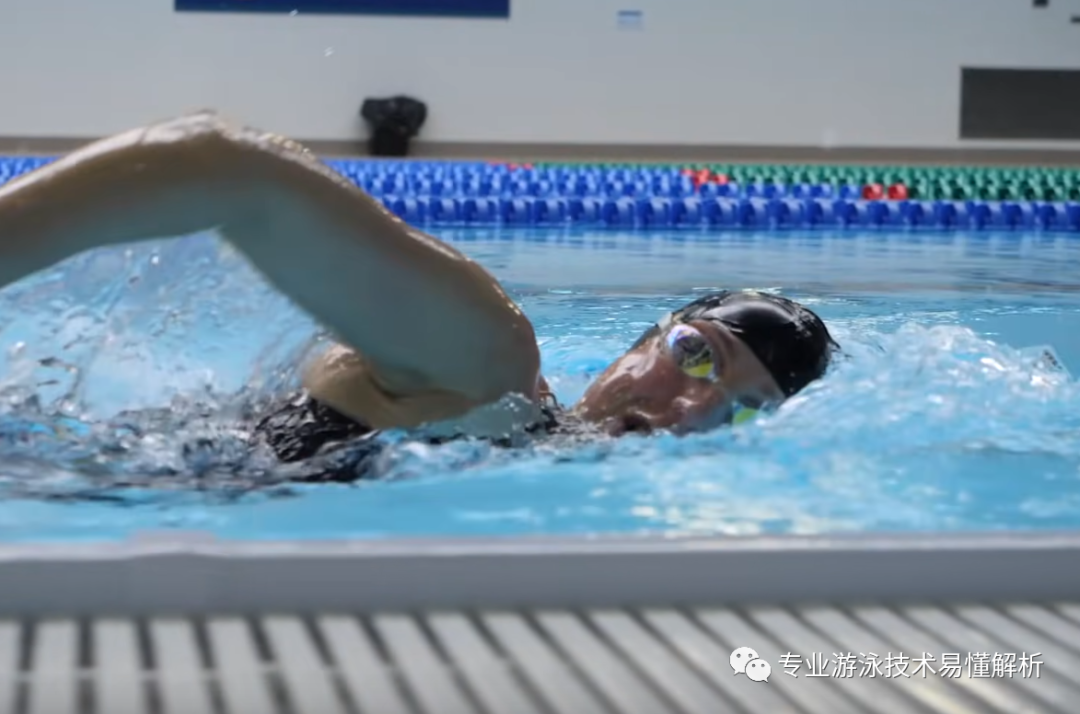
2. Requirements for Breathing During Different Swimming Stages
When performing freestyle breathing, the head-turning motion varies depending on the stage of your learning. As a beginner, you can deliberately slow down your arm recovery to extend the time available for inhaling after your head comes out of the water. However, it’s crucial to consciously work on overcoming the instinctive upward movement of your head during breathing—mastering this correction essentially marks your entry into proper breathing technique.
Once you’ve refined your breathing, each stroke in freestyle will require less oxygen, meaning the longer and more proficient you become, the lower your oxygen demand per stroke will be. This translates to a significant improvement in your ability to perform anaerobic activities.
In the advanced stage, swimmers learn to identify their stronger breathing side, allowing them to breathe almost invisibly while maintaining forward momentum. At this point, turning the head to breathe becomes a natural, instinctive movement. The key here is to synchronize the head-turning action with the body’s lateral rotation—ensuring that exhalation is nearly complete before the turn begins. By integrating the head-turning motion seamlessly into the body’s side-to-side rotation, you’ll achieve a smooth, nearly silent breathing process.
Of course, it’s impossible to completely eliminate head-up breathing, as the side where you lift your head slightly tends to be the one with smoother breathing—this is known as the "strong-breathing side." Once swimming proficiency reaches an advanced stage, proper breathing becomes a critical factor that directly impacts performance. Moreover, since different breathing patterns lead to distinct physiological adaptations over time with consistent training, the breathing techniques for long-distance swimming differ significantly from those used in short-distance events—much like how endurance runners and sprinters rely on entirely different breathing rhythms during their respective disciplines.
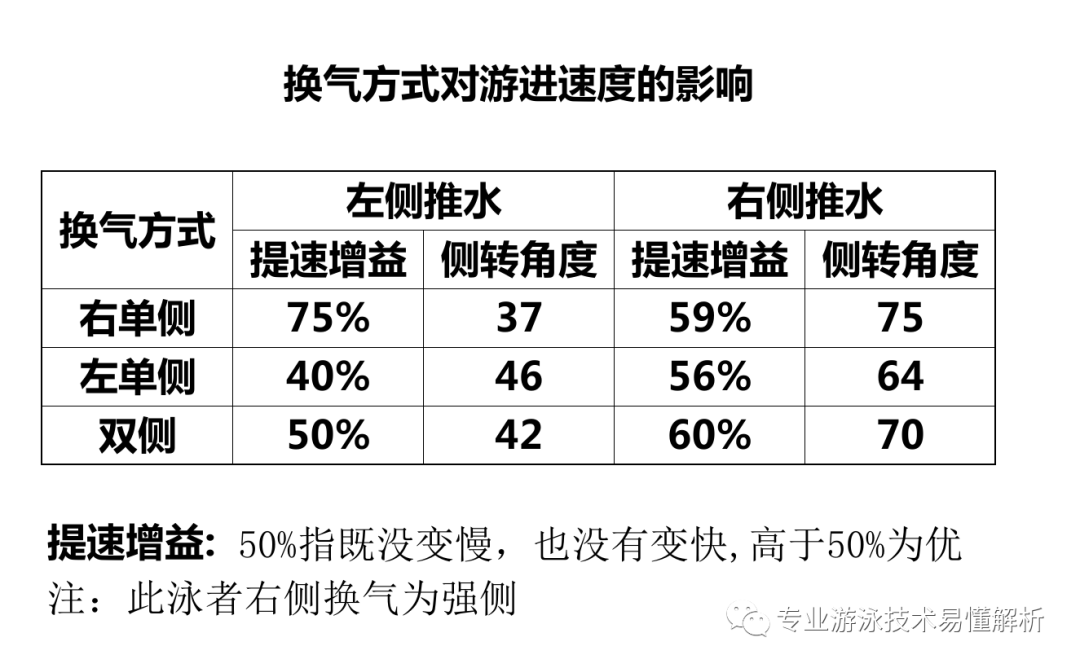
3. The Impact of Strong vs. Weak Breathing Sides on Swimming Speed
Most swimmers are more comfortable breathing on their right side, so we’ll assume right-side breathing is the stronger side for this analysis. During the recovery phase, amateur swimmers typically benefit from recording videos of their swimming to self-coach and refine their breathing rhythm and technique. In contrast, professional swimmers can use specialized measurement tools to quantify exactly how breathing movements affect their forward propulsion. For instance, they might compare the efficiency of swimming one full lap using single-sided breathing versus double-sided breathing. Additionally, single-sided breathing itself can be further divided into strong-side and weak-side techniques. By analyzing the degree of body rotation—both left and right—during each type of breathing, swimmers can determine how these variations impact their overall swimming performance and streamline their stroke mechanics.
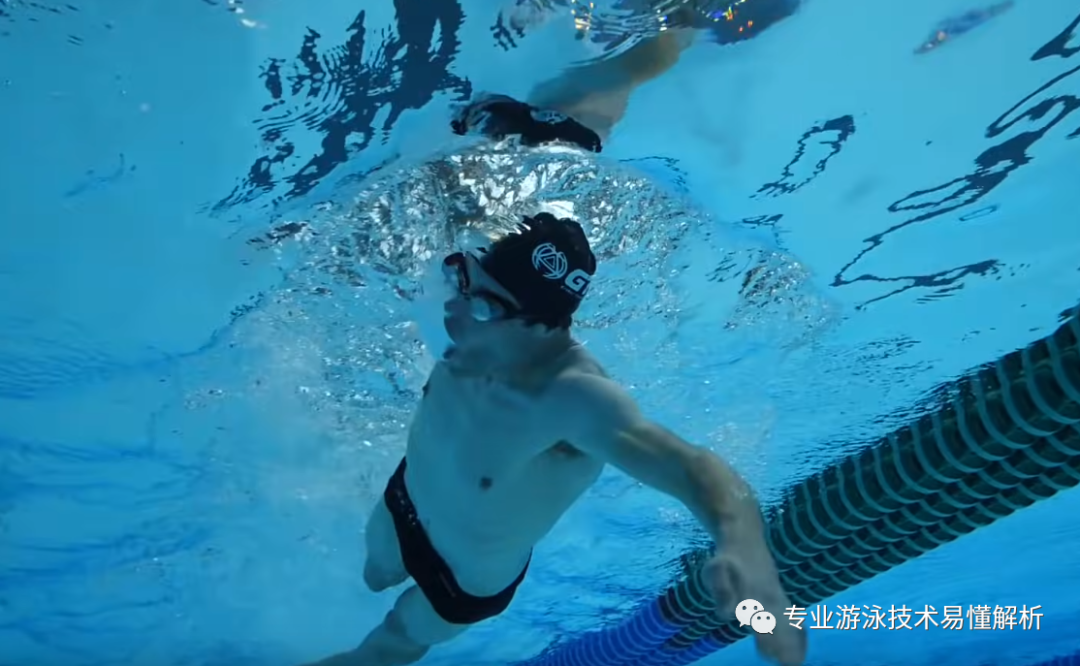
As expected, bilateral breathing leads to a more balanced improvement in propulsion efficiency between the left and right sides. Therefore, when first learning freestyle, it’s important to focus on bilateral breathing techniques to ensure that the push-and-pull motions of both arms become properly synchronized, helping to prevent any significant weaknesses—and, most importantly, avoiding the development of incorrect movement patterns.
Contrary to expectations, swimming performance was best when using strong-side breathing for unilateral breathing—and even better than with bilateral breathing. This is because adequate oxygen supply directly enables the optimal utilization of propulsive forces on both the left and right sides, resulting in gains of 75% and 59%, respectively. In contrast, weak-side breathing led to the poorest swimming results. This finding has important implications for improving swimming performance: when there are no obvious weaknesses, it’s more effective to focus on maximizing your strengths rather than trying to shore up. By aligning your stronger breathing side with your stronger propulsion side, you can gain a significant competitive edge—far more advantageous than pairing the stronger breathing side with the weaker propulsion side.
At the end of the text
Related Articles

Completed a 1.5-hour swimming check-in for Mid-Autumn Festival
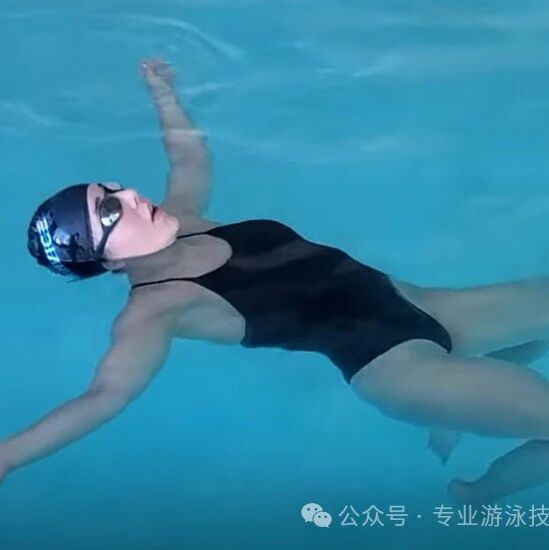
There are two types of people who drown: one mistakenly believes they can swim, and the other has lost their respect for the water.
